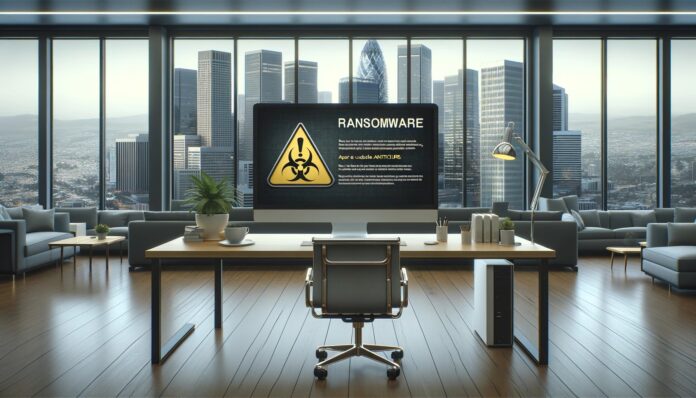
Ransomware attacks are increasingly common, and falling victim to one can be a terrifying experience. If you find yourself in this situation, here’s a step-by-step guide on how to respond effectively.
1. Stay Calm and Assess the Situation
• Don’t panic. Take a moment to assess what’s happening. Identify which files or systems have been affected.
• Note the ransom message. Document the details, including the ransom amount, payment methods, and any deadlines provided.
2. Disconnect from the Network
• Immediately isolate the infected device to prevent the ransomware from spreading to other computers or devices on your network.
• Disconnect from Wi-Fi and unplug any Ethernet cables.
3. Do Not Pay the Ransom
• Paying the ransom does not guarantee that you will regain access to your files. It can also encourage further attacks.
• Law enforcement agencies generally advise against paying the ransom.
4. Identify the Ransomware
• Try to identify the specific type of ransomware by researching the ransom note or using online resources. Websites like ID Ransomware can help you determine the variant.
• Knowing the ransomware type can assist in finding possible decryption tools.
5. Report the Incident
• Report the attack to local law enforcement and any relevant authorities. In the U.S., you can contact the FBI’s Internet Crime Complaint Center (IC3).
• If your organization is involved, notify your IT department or security team immediately.
6. Consult Security Professionals
• Engage cybersecurity experts who can help analyze the situation, recover data, and improve your defenses against future attacks.
7. Restore from Backups
• If you have backups of your data, begin the process of restoring them. Ensure that backups are clean and unaffected by the ransomware before restoring.
• Regularly test your backup systems to ensure they function properly in emergencies.
8. Remove the Ransomware
• Use reputable antivirus or anti-malware software to scan and remove the ransomware from your system.
• Make sure the removal process is thorough to prevent reinfection.
9. Change Passwords
• After addressing the ransomware, change all passwords, especially those related to sensitive accounts. This helps prevent unauthorized access.
10. Implement Preventative Measures
• Update Software: Regularly update your operating system and applications to patch vulnerabilities.
• Educate Users: Train employees on recognizing phishing attempts and other attack vectors.
• Regular Backups: Maintain frequent, automated backups to minimize data loss in future incidents.
11. Monitor Systems and Data
• Keep an eye on your systems for any unusual activity post-recovery.
• Implement monitoring solutions to detect potential threats in real-time.
Conclusion
Dealing with a ransomware attack is challenging, but following these steps can help mitigate damage and facilitate recovery. Always prioritize prevention through education and robust cybersecurity practices to minimize the risk of future attacks.





















